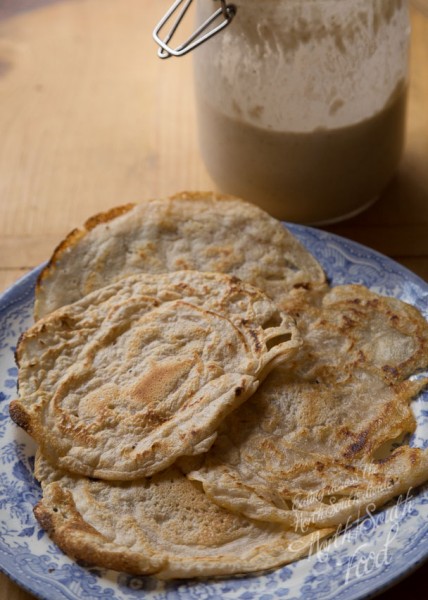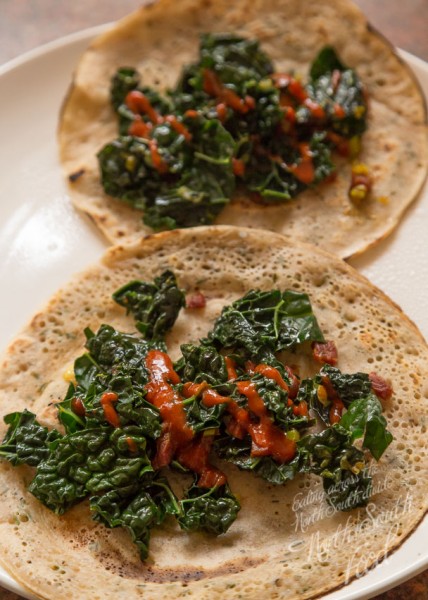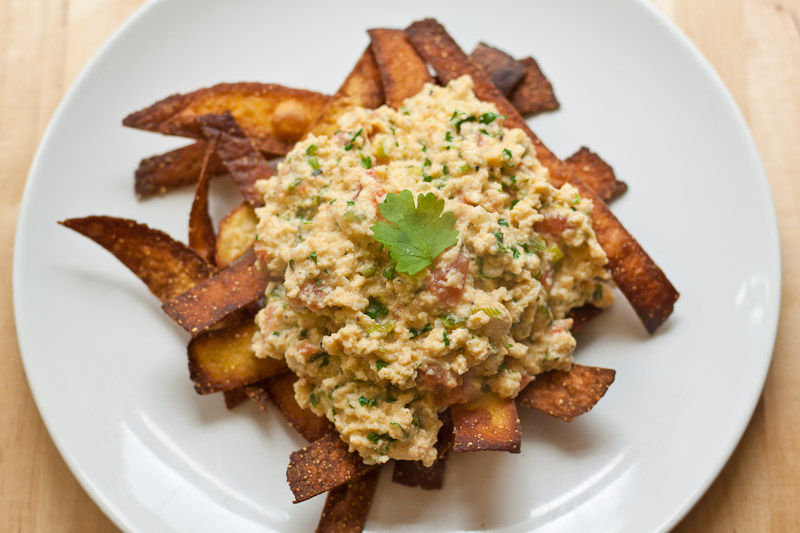
So, I’ve recently returned from a week’s holiday in the warmth and civilisation of Languedoc. It’s not a part of the world I was familiar with, and as well as good weather, my companions and I enjoyed a week of superb local food and wine. As they’d been to the area before I enjoyed some local delicacies under their guidance, and we made plenty of new discoveries too. We ate simply, and tried as much as the short timescale could allow (finally ticked bouillabaisse off my list of ‘to dos’, cooked superfresh whitebait, and gingerly tried freshwater clams which we’d sourced ourselves from Lac du Salagou). Plus freshly picked figs & plums everyday, moules et frites at the local village knees-up, and a host of other delights.
I’ve only warmed in recent years to classic French cooking – my reference point was always further south in Italy – and I associated French with more courtly and less rustic cooking. However there’s a healthy overlap between the high-end and the more accessible, so I’ve been expanding my repertoire and gaining more confidence talking mirepoix rather than soffritto. In part this helps when you’re in an area where the aroma of herbs hangs heavy in the air – wild thyme and mint nestling next to tall fennel plants in the verges – and bushes and trees are laden with fruits and nuts. Foraging and gathering becomes a daily constant, not an occasional novel experience.
I’d mentioned previously I was working on the forthcoming Parlour Café Cookbook: before going on hoilday I’d worked up several of these recipes into postcards, and one in particular stuck in my mind: a warm salad of Puy lentils and goats cheese. It’s one of the star recipes in the book and supposed to be a favourite with the regulars, so I decided to give it a whirl.

We picked up most of the ingredients in the local supermarket before a trip up country to visit Roquefort and Millau – great cheese, rather dull tour of the caves, although I did pick up some sheep’s butter there – and on the way home had to make our respective ways through an enormous, spectacular and somewhat frightening electric storm. Everyone was a bit frazzled by the end of the trip, so it was rather relaxing to potter around in the kitchen, unwinding with a glass in one hand and a stirrer in the other, unwinding while knocking this oh-so-simple recipe up. Mind you, it’s always fun find your way round somebody else’s kitchen for the first time, making the most of what you find lurking in the cupboards.
It still makes me smile that this most Mediterranean of dishes actually comes via Dundee, but using local ingredients (and some great local wine) meant it was perfectly transposed to a more Gallic setting. Rather than rewritng this I’ll use Gillian’s words from the cookbook, annotated slightly.
Puy Lentil and Goats Cheese Salad
Serves 4
●200g Puy lentils [oddly they weren’t labelled as Puy but verte]
●1 onion, chopped
●1 carrot, chopped
●2 stalks of celery, chopped [wonderful dark green celery, still with all the leaves]
●A handful of fresh thyme [straight from the local hills]
●1 bay leaf
●150ml extra virgin olive oil
●3 – 6 garlic cloves, peeled and roughly chopped [I used the full six cloves, and it was extremely feisty… I guess due to the freshness of the garlic. No worries about being bitten that evening!]
●50ml red wine vinegar [I couldn’t find any in the store cupboard so I used a mix of balsamic & some red vin du table instead]
●100g goats cheese [we used a local, strongly flavoured little number]
●a large handful of parsley, roughly chopped
●sea salt and freshly ground black pepper
Cook the lentils in boiling water for 20 minutes, until they are absolutely tender.
Meanwhile, fry the onions, carrots, celery, thyme and the bay leaf in a couple of tablespoons of the olive oil until soft and lightly coloured. In a food processor or with a hand blender, blend the garlic with the rest of the olive oil. With the motor still running, slowly pour in the vinegar and blend until it’s emulsified.
Drain the lentils and pour out onto a flattish dish. Smother in the garlicky dressing and turn gently so everything is glistening. Once the vegetables are cooked, gently mix them into the lentils and leave the salad to cool.
Then toss gently with the goats cheese, torn into chunks, and the parsley. Season with salt and freshly ground pepper if you think it needs it.
The only major change I made was that a couple of our party didn’t like goats cheese, so we served their portions first – they had comté instead – then crumbled the cheese in afterwards. We’d also picked up some smoked sausage to add some savoury notes to the dish. Otherwise we kept it simple – a hunk of fresh bread, a fresh green salad on the side, and some local wine to help everything go down.
This is such a good recipe: it doesn’t take long to make, tastes stunning, and it’s most evocative of warm summer nights and lazy times. I can see why it’s a favourite at the café, and I think it will be with you too. Delicious!































